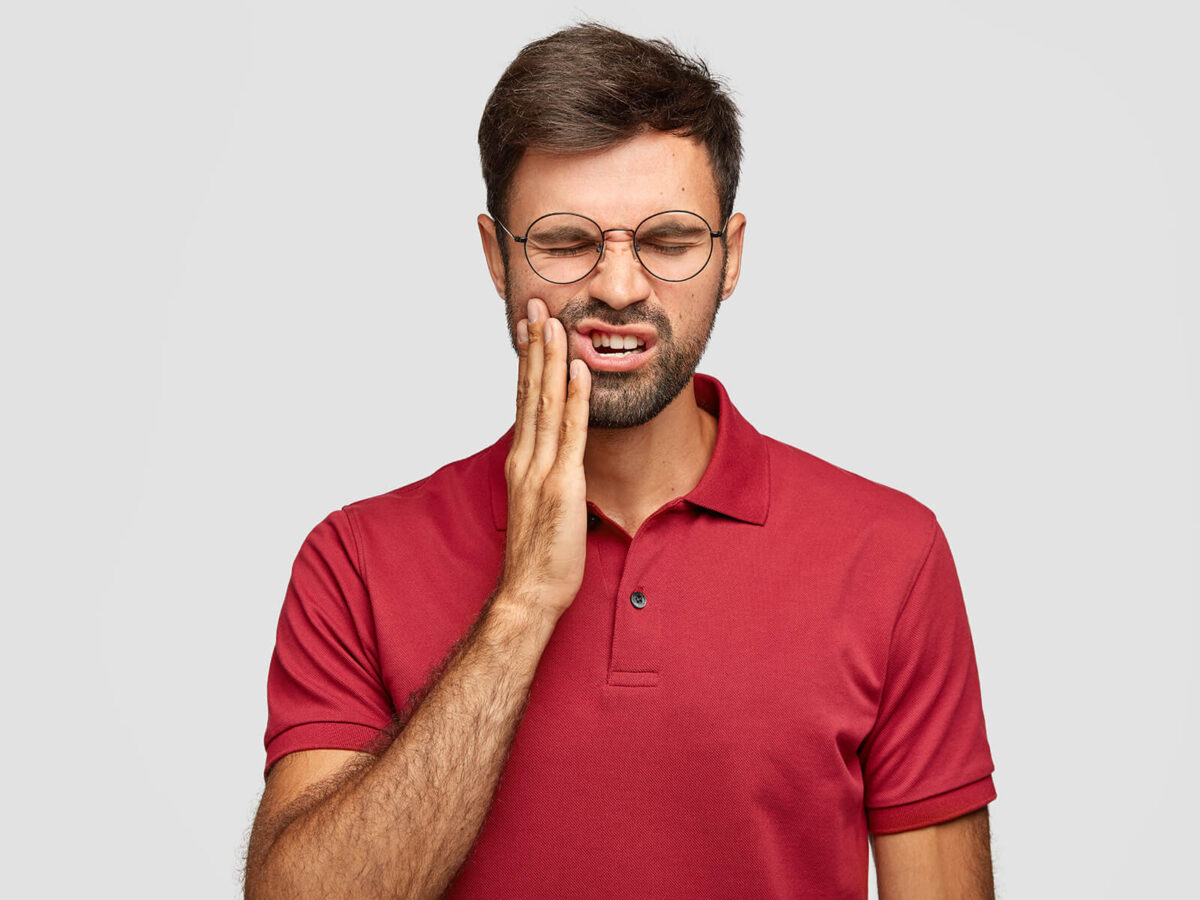Blog
Dental hygiene tips for healthy teeth & gums

What To Do When You Experience A Dental Emergency
Dental emergencies can happen unexpectedly and cause significant discomfort and anxiety· Knowing how to respond promptly and effectively can make a big difference in preserving your dental health and preventing further complications· In this article, we will discuss common dental emergencies and the steps you should take if you encounter one.
Common Types of Dental Emergencies
1· Toothache
A toothache can range from mild discomfort to severe pain and can be caused by various issues, including cavities, infections, or gum disease· If you experience a toothache:
- Make sure your mouth is clean by rinsing it with warm water
- If you have food stuck between your teeth, use dental floss to remove them
- Apply a cold compress to your cheek to reduce swelling and numb the pain
- Avoid placing aspirin directly on the tooth or gums, as this can cause tissue damage
- For a proper diagnosis and treatment, contact your dentist as soon as possible
2· Chipped or Broken Tooth
Chipping or breaking a tooth can be alarming and may expose the tooth’s nerves, causing pain· Here’s what to do:
- Make sure you save any pieces of the tooth you can
- Put warm water in your mouth and rinse the broken pieces
- Apply gauze to the area if there is bleeding, holding it in place for about 10 minutes
- Use a cold compress on the outside of your mouth to reduce swelling
- Visit your dentist immediately to assess the damage and discuss restorative options
3· Knocked-Out Tooth
A knocked-out tooth requires urgent attention to increase the chances of saving it· Follow these steps:
It is important to handle the tooth carefully, holding it by its crown (the part that usually shows in the mouth), and avoiding touching its roots
- Using water, gently rinse the tooth if it is dirty, but avoid scrubbing it or removing any tissues attached
- Try to reinsert the tooth into the socket if possible, ensuring it is facing the right way
- Keep the tooth moist if you cannot reinsert it, by placing it in a container of milk or a saline solution
- Get to your dentist or an emergency dental clinic immediately· Time is critical in saving a knocked-out tooth
4· Lost Filling or Crown
Losing a filling or crown can expose the tooth to further damage and sensitivity· Here’s what to do:
- By rinsing your mouth with warm water, you will be able to keep the area clean
- Use dental cement or temporary dental adhesive, available at most
- pharmacies, to cover the exposed area if you cannot see a dentist right away
- Don’t chew on your affected side
- Schedule an appointment with your dentist as soon as possible to replace the filling or crown
5· Abscess
An abscess is a severe form of infection that develops in the gum and surrounding region or at the root of an affected tooth· It can lead to pain, stiffness, inflammation, and, in some cases, fever, which the patient may also feel· If you suspect an abscess, you can do this:
- Rinse your mouth with a mild saltwater solution to help draw out the pus and alleviate pain
- Do not attempt to burst the abscess as this can spread the infection
- Take over-the-counter pain relievers to manage the pain
- Contact your dentist immediately, as abscesses require prompt professional treatment to prevent complications
Conclusion
Experiencing a dental emergency can be stressful, but knowing how to respond can help protect your dental health and minimize damage· Whether it’s a toothache, a broken tooth, or an abscess, taking quick and appropriate action is essential· Remember to contact your dentist as soon as possible for any dental emergency· Regular dental check-ups and maintaining good oral hygiene can also help prevent many emergencies· If you need immediate assistance or advice, do not hesitate to reach out to your dental health professional· They can provide the guidance and treatment necessary to address your emergency and ensure your long-term dental health.


